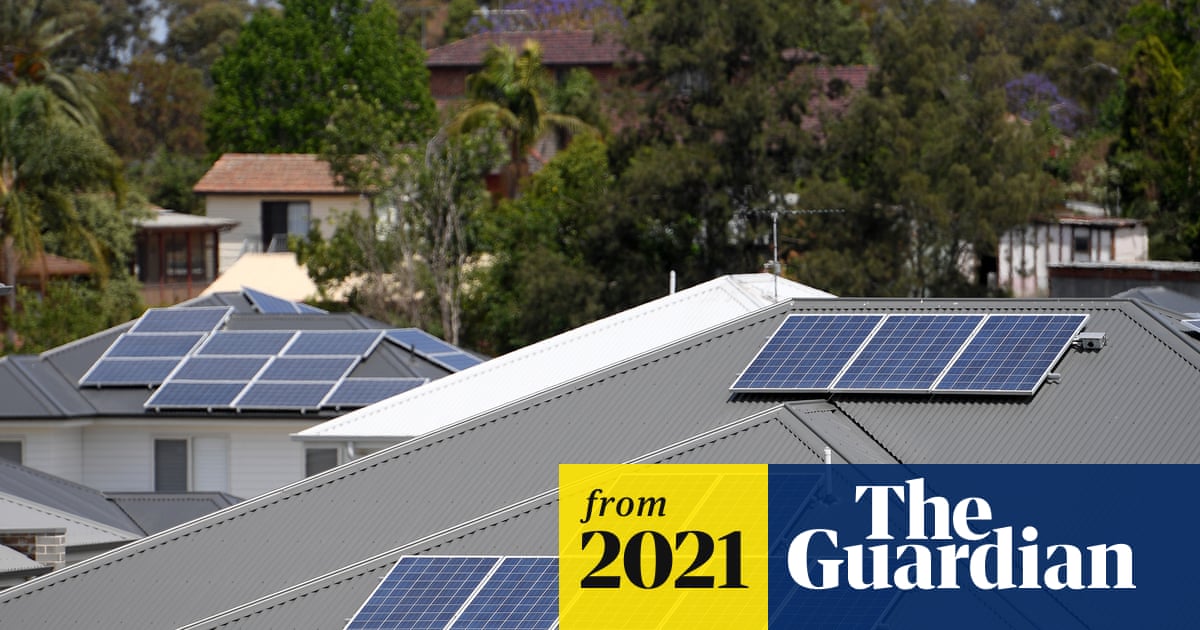I am in a "neighborhood" (track home). Even if I wanted to grid defect, I cant get enough solar to do so. Of course it depends on usage, etc, but in order to have enough solar to run a home in the winter, you have to have WAAY more than you would need in the summer. Even
@h2ofun doesnt have enough for his winter needs, for example, for full grid defection (but he probably has a better way to get there than most of us, most likely, with land, lake etc).
Im on NEM 1, installed in late 2015, PTO'd in March of 2016, so under these new guidelines it sounds like I would be good till 2031 instead of 2036.
On a somewhat related but separate note, I expect that CA will try to do something similar with taxing EVs on registration, because a large portion of revenue comes from gas tax, and we are not paying that but still using the roads (and causing wear and tear on roads, as they state).
Trying to take my own needs out of it for a moment (which is very hard to do, admittedly), I dont know whats "right" or "fair". I dont feel like its "fair" to punish people for doing what was encouraged (getting solar, buying EVs), but I also dont know whats "fair" about paying for grid usage. The problem the utilities face is, the people who were paying the most for Electricity in this state (always in highest tier for example) were heavily incentivized to get solar because of that.
Then, they went from paying the utility 100s and 100s a dollars a month, to basically nothing, after install of solar (those that could afford to install solar). Their "most profitable" people turned into "No revenue at all" people. I used to pay 400+ dollars a month for electricity during the summer, and 200 ish a month during the winter, pre solar. I now pay $10 a month during the summer (which I net generate) and like $1 a month during the winter, when I net consume and pull back what I put in. My net yearly true up is less than $100.
I personally think this is fine, as I have very little impact on my local grid any longer, especially since I got powerwalls, but the utility sees me as lost revenue, I am sure (and thinks that I am not paying "my fair share" to upkeep the grid).
I dont know what the answer is. Even though I am born and raised in this state, and never lived outside it for any real length of time other than "months long" job re locations, I was always planning to move "somewhere else" when I reach my retirement years. Not sure where that is, frankly. This just helps solidify that decision for me, and I will start planning as such.





